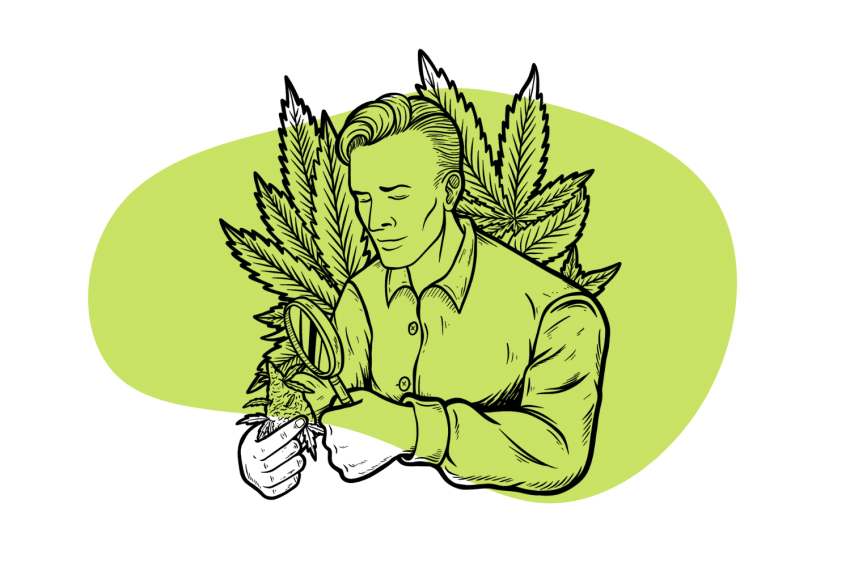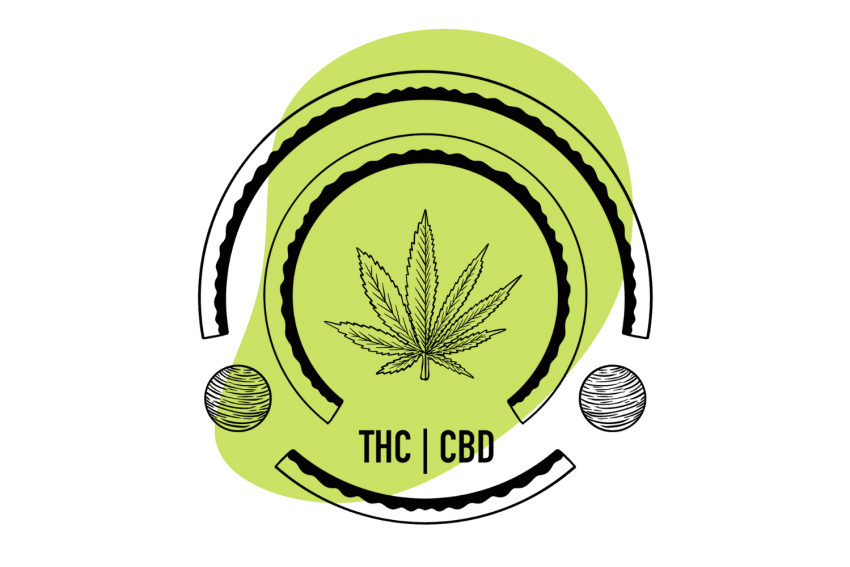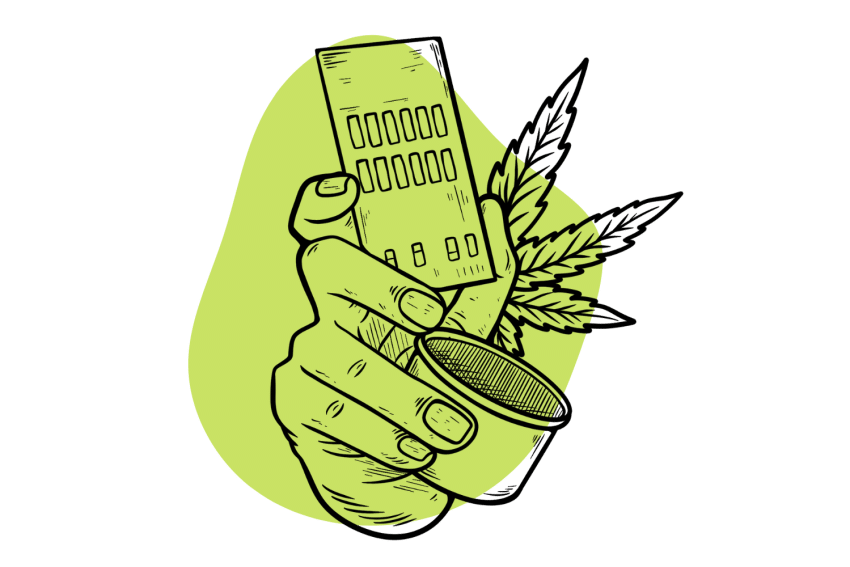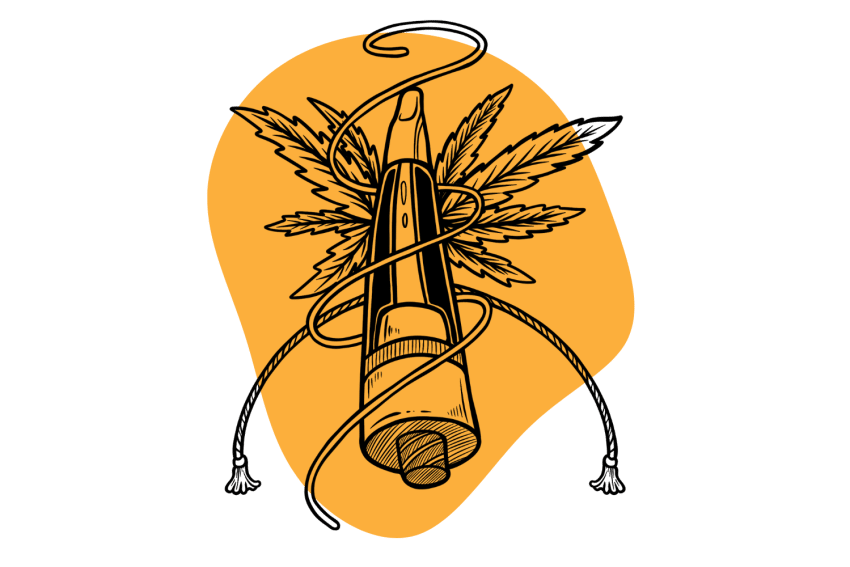How to Decarb Weed: A No-Fluff Guide for Beginners

Knowing how to decarb weed unlocks new opportunities for using the plant.
When you activate its chemical compounds (cannabinoids), you can create edibles, oils, tinctures, and topicals — or make that special evening joint more potent.
Most of the time, you want to decarb THC to enjoy its psychoactive properties. It’s the most abundant active ingredient in cannabis (or “marijuana”).
So, how do you decarboxylate weed?
- Decarb in an oven: This method is a classic. You need to grind your cannabis buds into a fine consistency (but not into powder), spread it evenly on a baking tray lined with parchment paper, and bake it for 45-60 minutes, depending on the moisture of your weed.
- Decarb in a sous-vide machine: You can use a sous-vide machine to decarb your weed evenly and protect it from burning. However, it demands the most effort.
- Decarb in a slow cooker: It’s a similar process to decarbing weed in an oven, but you have less control over temperature settings. On the other hand, it’s the most automated technique for activating cannabinoids.
You can also purchase a professional decarboxylating machine. Such equipment is the best for maintaining the highest accuracy at every step.
However, most people will decarb cannabis using one of the above methods.
Let’s break them down further and help you pick the best one for your needs and circumstances.
What is Decarboxylation?
Decarboxylation is the process of activating cannabinoids in cannabis by exposing them to a heat source.
Raw cannabis plants contain inactive ingredients; they’re the acidic precursors of what we know as THC, CBD, CBC, CBG, etc.
In their acidic form, each cannabinoid has “a” added to its name [1]:
Once activated, they can bind to the receptors in the endocannabinoid system.
Importance of Decarboxylation
While the above acids are remarkably beneficial on their own, they don’t produce the effects associated with their active counterparts.
In plain English, THCa won’t get you high. It can provide anti-inflammatory, neuroprotective, and antitumor benefits without the psychoactive layer [2].

That’s why you won’t feel anything when you eat raw cannabis or drink weed juice.
You need to expose the weed to heat — either by smoking, vaporizing, or baking it before consumption (e.g., edibles).
Basic Requirements for Decarboxylation
In the next sections, we’ll cover the three most popular ways to decarb weed. While each method has its own set of dedicated tools, some remain the same.
You’ll need the following:
- High-quality cannabis (properly dried and cured)
- A grinder
- A heat source (oven, crock-pot, sous-vide machine)
Decarboxylation Methods
The most common at-home decarboxylation methods include:
- Oven
- Sous-vide machine
- Slow cooker (Crock-Pot)
Here’s how each method works.
Method 1: Oven Method
Equipment Needed:
- Baking tray
- Parchment paper
- Grinder
- Oven thermometer
- An oven
Step-by-Step Procedure:
- Preheat the oven to 220°F (or 105°C).
- Grind your cannabis buds into small pieces and transfer them onto a baking tray lined with parchment paper (remember to spread the weed evenly).
- Place the baking tray in the oven and set the timer to 45-50 minutes, depending on how dry your weed is.
- Stir the weed every 10-15 minutes to avoid uneven heating.
- Use an oven thermometer to control the temperature and prevent the weed from overbaking.
- Once done, pull out the tray from the oven, let it cool, and transfer your cannabis into a mason jar.
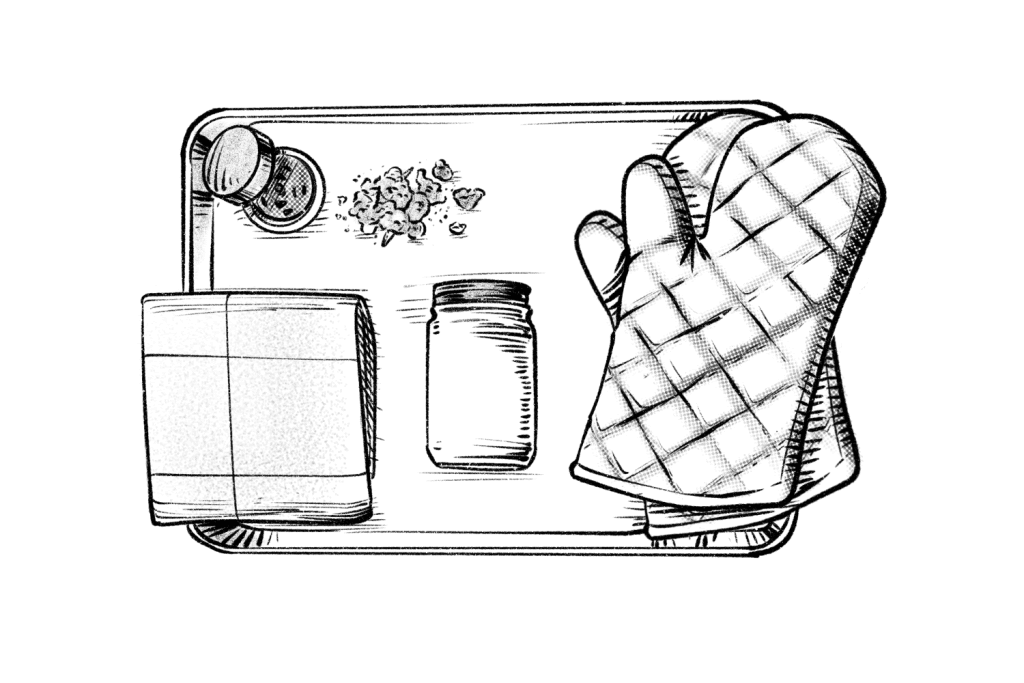
Method 2: Sous-Vide Method
Equipment Needed:
- Vacuum-sealed bag
- Sous-vide machine
- A pot of water
Step-by-Step Procedure:
- Turn on the sous-vide machine and preheat it to 203°F (95°C).
- Grind the weed into small pieces and place it in a vacuum-sealed bag.
- Use a vacuum sealer to seal the bag.
- Place the bag in the prepared water bath and leave it for 90 minutes.
- Remove the bag from the water, let it cool, and transfer the cannabis to a mason jar or another airtight container.

Method 3: Crock-Pot Method
Equipment Needed:
- Crock-pot
- Water
- Mason jar
- Cheesecloth
Step-by-Step Procedure:
- Pour water into the crock pot and turn it on the “low” setting.
- Grind the weed into small pieces and place it in a mason jar, sealing it tightly.
- Set the jar in the crock pot.
- Leave it for about 6 hours.
- Once done, remove the jar from the crock pot and let it cool.
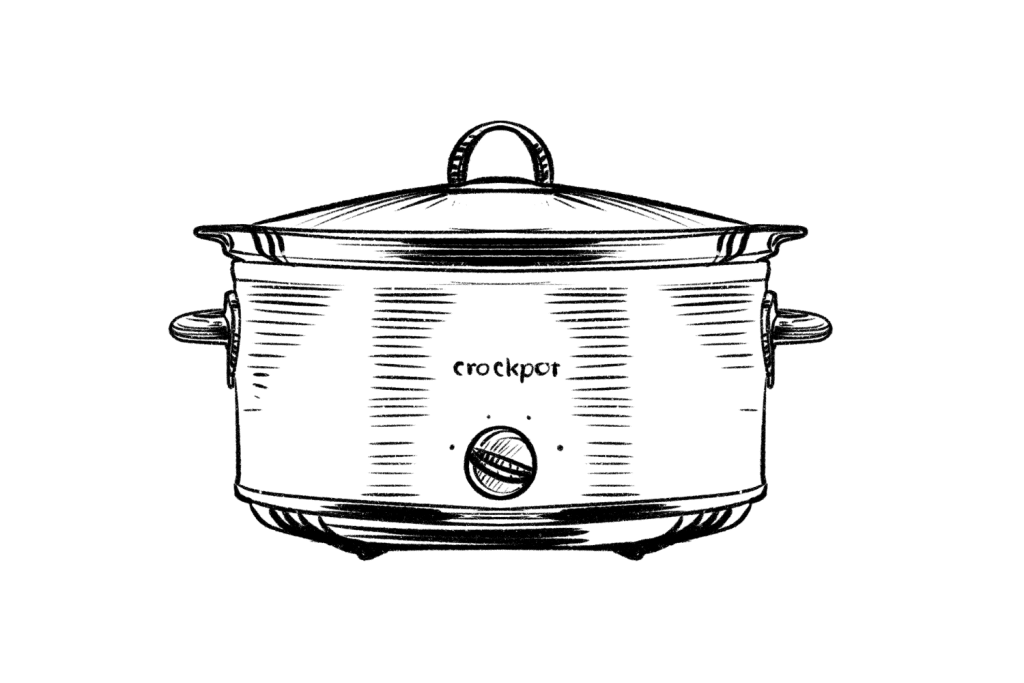
Tips for Decarboxylating Weed
- Use the right amount of cannabis.
- Buy an accurate oven thermometer. Doing so will help you precisely control the temperature inside the oven.
- If your weed is too moist, increase the baking time to 50-60 minutes.
- If the weed is too dry, reduce the decarb time to 30-40 minutes.
- Store decarboxylated weed in an airtight container.
- Baking the weed in an oven-safe glass container with a lid will help protect it during the process.
Factors Affecting Decarboxylation
The final result of decarboxylation depends on your weed’s temperature, time, moisture, and quality.
Here’s how each factor affects the process.
Temperature
The higher the temperature, the higher the risk of destroying some valuable cannabinoids and terpenes.

You won’t lose much THC unless you bake the weed at more than 320°F (160°C), but think about the minor cannabinoids and terpenes.
You don’t want to lose them because they play a vital role in the entourage effect, also known as the whole-plant synergy.
Keep the temperature between 220°F (105°C) and 240°F (115°C) to get the most bang for your buck.
Time
Most of the time, you’ll decarb the weed for 45 minutes. However, a more lenient range is between 30-60 minutes.
Why?
It’s about moisture — which brings us to the next factor.
Moisture
The 45-minute baking time is reserved for the perfectly dried and cured flowers.
If your weed is too moist, keep it in the oven for 60 minutes. Overdried buds will have to spend less time in the oven — around 30 minutes.
Quality of Weed
High-quality weed is evenly coated with trichomes. They’re bulb-like glands housing the cannabinoids, terpenes, and other beneficial compounds from cannabis.
Here’s the pattern:
More trichomes = more cannabinoids and terpenes.
More cannabinoids and terpenes = higher potency and a better experience.
Try decarbing some brick weed and then do the same with A-grade cannabis — you’ll be able to tell the difference.

How to Use Decarboxylated Weed
Decarboxylated weed is highly versatile. You can use it as is — by smoking or vaping — or make edibles, tinctures, and topicals.
Edibles
Combining decarboxylated weed with butter or other cooking fats will give you the perfect base for DIY edibles.
Cooking with cannabis is pretty straightforward. All you need to do is replace part of regular cooking fat with cannabutter or cannabis oil, depending on how strong you want the edibles.

Smoking or Vaping
In the movie “Reincarnated,” a guy from Snoop Dogg’s crew shows a trick on how to make your joint more potent.
He places the joint in a preheated oven and keeps it there for 5-10 minutes.
Once it cools down, you have a joint that hits you harder than a regular one.
The same hack applies to vaporizers. You just grind your weed, decarb it, and place it in the vape’s chamber.
Tinctures
Another way to give your decarbed weed a second life is to make a cannabis-infused tincture.
After soaking the weed in high-proof alcohol, you can evaporate it. Doing so will leave behind a thick, concentrated extract that you can dilute in a carrier oil, such as MCT, olive, or hemp seed oil.
Cannabis tinctures had been the cornerstone of Western medicine before the prohibition stroke in 1937.
Topicals
You can make THC-infused coconut oil and use it as a base for various topicals.
Such products won’t get you high because THC doesn’t reach the bloodstream. However, they can soothe localized pain and other types of discomfort by interacting with CB1 and CB2 receptors in the immune system.
The advantage of DIY cannabis topicals over store-bought products is that you have complete control over the ingredients.

FAQs: Decarboxylation
Looking to learn more on how to decarb weed? Here’s all you need.
1. How long should I decarboxylate weed?
The decarboxylation time depends on the desired potency as well as on the moisture level of your weed. It can take between 30-90 minutes.
2. What temperature should I use to decarb weed?
The optimal temperature range for cannabis decarboxylation is between 220°F (105°C) and 240°F (115°C).
3. How do I know when my weed is fully decarbed?
You’ll know that the decarb is done when your weed turns from green to light brown and carries a pungent aroma.
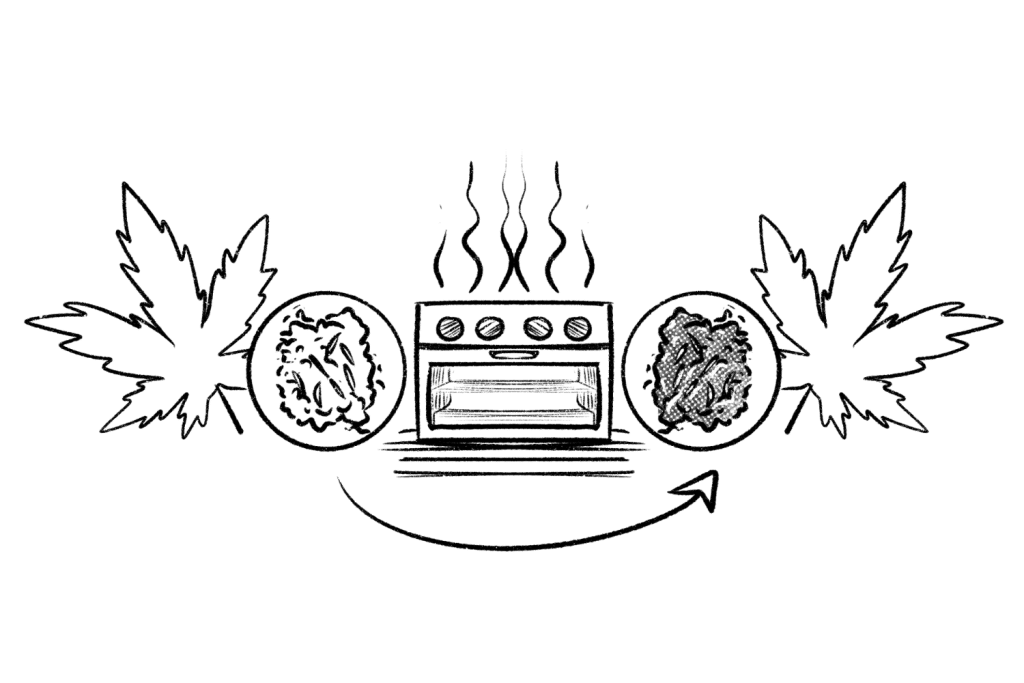
4. Can I decarboxylate weed in the microwave?
I don’t recommend decarbing weed in the microwave, as it’s the least precise piece of equipment and may even burn your weed.
5. Can I decarboxylate weed without smelling up my house?
It can be a challenge because decarbed weed releases a strong odor that can stay in the room for quite some time. However, you can minimize the smell by using a sealed container or oven bag or by placing your weed in an oven-safe glass dish with a lid. Using a fan or opening windows should help too. Some users use a scent diffuser or candles to make the smell less obvious.
6. Can I decarboxylate weed without an oven?
Yes, you can decarboxylate weed without an oven. Other devices capable of decarbing weed include a crock pot, a sous-vide machine, a water bath made of a saucepan and a glass/metal bowl, or a professional decarboxylating machine [3].
7. Can I decarboxylate weed in a mason jar?
Yes, although mason jars aren’t appropriate for every decarboxylation method. I recommend using a mason jar in a water bath or in a crock pot. That’s the best way to ensure the water doesn’t leak into the container and damage your weed.
8. Where should I store decarboxylated weed?
Store decarboxylated weed in the same way you would store fresh cannabis — in a cool and dark place (airtight containers are the best for the job). THC and other cannabinoids degrade when exposed to light, air, and heat.
References
- Wang M, Wang YH, Avula B, Radwan MM, Wanas AS, van Antwerp J, Parcher JF, ElSohly MA, Khan IA. Decarboxylation Study of Acidic Cannabinoids: A Novel Approach Using Ultra-High-Performance Supercritical Fluid Chromatography/Photodiode Array-Mass Spectrometry. Cannabis Cannabinoid Res. 2016 Dec 1;1(1):262-271. doi: 10.1089/can.2016.0020. PMID: 28861498; PMCID: PMC5549281.
- Perrotin-Brunel, Helene & Buijs, Wim & van Spronsen, Jaap & Roosmalen, Maaike & Peters, Cor & Verpoorte, Rob & Witkamp, Geert-Jan. (2011). Decarboxylation of Δ 9-tetrahydrocannabinol: Kinetics and molecular modeling. Journal of Molecular Structure – J MOL STRUCT. 987. 67-73. 10.1016/j.molstruc.2010.11.061.
- Daniel A. Reason, Megan N. C. Grainger, and Joseph R. Lane. (2022). Optimization of the Decarboxylation of Cannabis for Commercial Applications.
- Industrial & Engineering Chemistry Research 2022 61 (23), 7823-7832


